
Coleophora lutipennella is a moth of the family Coleophoridae. It is found in most of Europe, except the Mediterranean islands.

Coleophora gryphipennella is a moth of the family Coleophoridae. It is found in most of Europe, from Fennoscandia to the Iberian Peninsula and Italy and from Ireland to the Black Sea.

Coleophora serratella is a moth of the family Coleophoridae. It is found in Europe, Japan (Hokkaido) and North America.
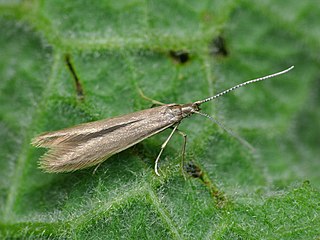
Coleophora caespititiella is a moth of the family Coleophoridae. This species is found throughout the United Kingdom and most of Europe. It is also known from North America. The Coleophoridae group are often collectively known as the case moths or case-bearers.

Coleophora versurella is a moth of the family Coleophoridae. It was described by Philipp Christoph Zeller in 1849.
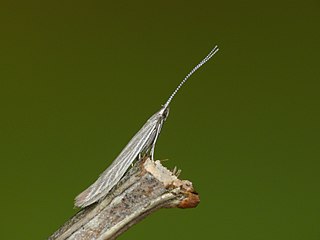
Coleophora otidipennella is a moth of the family Coleophoridae found in Asia and Europe.
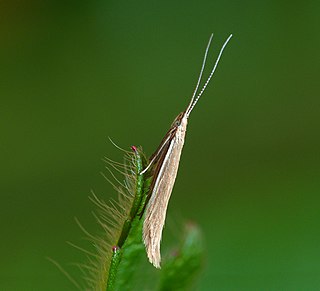
Coleophora glaucicolella is a moth of the family Coleophoridae, found in Asia, Europe and North America. It occurs in forest-steppe biotopes, wet meadows and meadow-steppe.

Coleophora binderella is a moth of the family Coleophoridae. It is found from Scandinavia and Finland to the Iberian Peninsula and Italy, and from Ireland to the Baltic States and Romania.

Coleophora siccifolia is a moth of the family Coleophoridae. It is found in most of Europe.

Coleophora adjunctella is a moth of the family Coleophoridae found in Europe.

Coleophora lassella is a moth of the family Coleophoridae found in Europe.

Coleophora juncicolella is a moth of the family Coleophoridae. It is found from Fennoscandia to the Mediterranean Sea and from Ireland to Poland and Hungary.
Coleophora lithargyrinella is a moth of the family Coleophoridae found in Europe.

Coleophora lixella is a moth of the family Coleophoridae found in most of Europe. It was first described by Philipp Christoph Zeller in 1849.
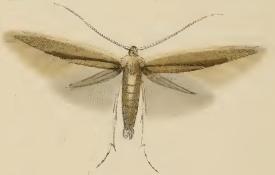
Coleophora milvipennis is a moth of the family Coleophoridae. It is found in all of Europe, east to Japan (Hokkaido).
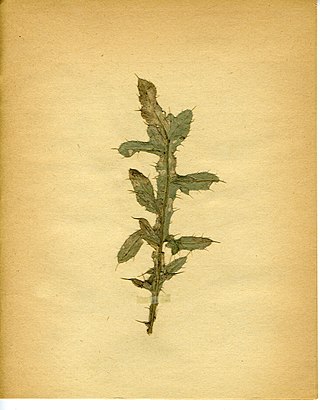
Coleophora therinella is a moth of the family Coleophoridae found in Europe and the East Palearctic.
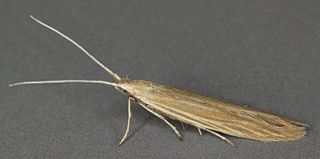
Coleophora tamesis is a moth of the family Coleophoridae found in Asia and Europe.

Coleophora taeniipennella is a moth of the family Coleophoridae. It is found in most of Europe.

Coleophora sylvaticella is a moth of the family Coleophoridae found in Europe.
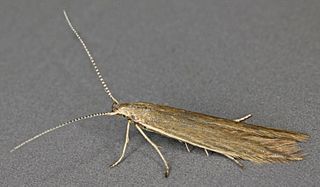
Coleophora alticolella is a moth of the family Coleophoridae, found in Europe and North America.
















